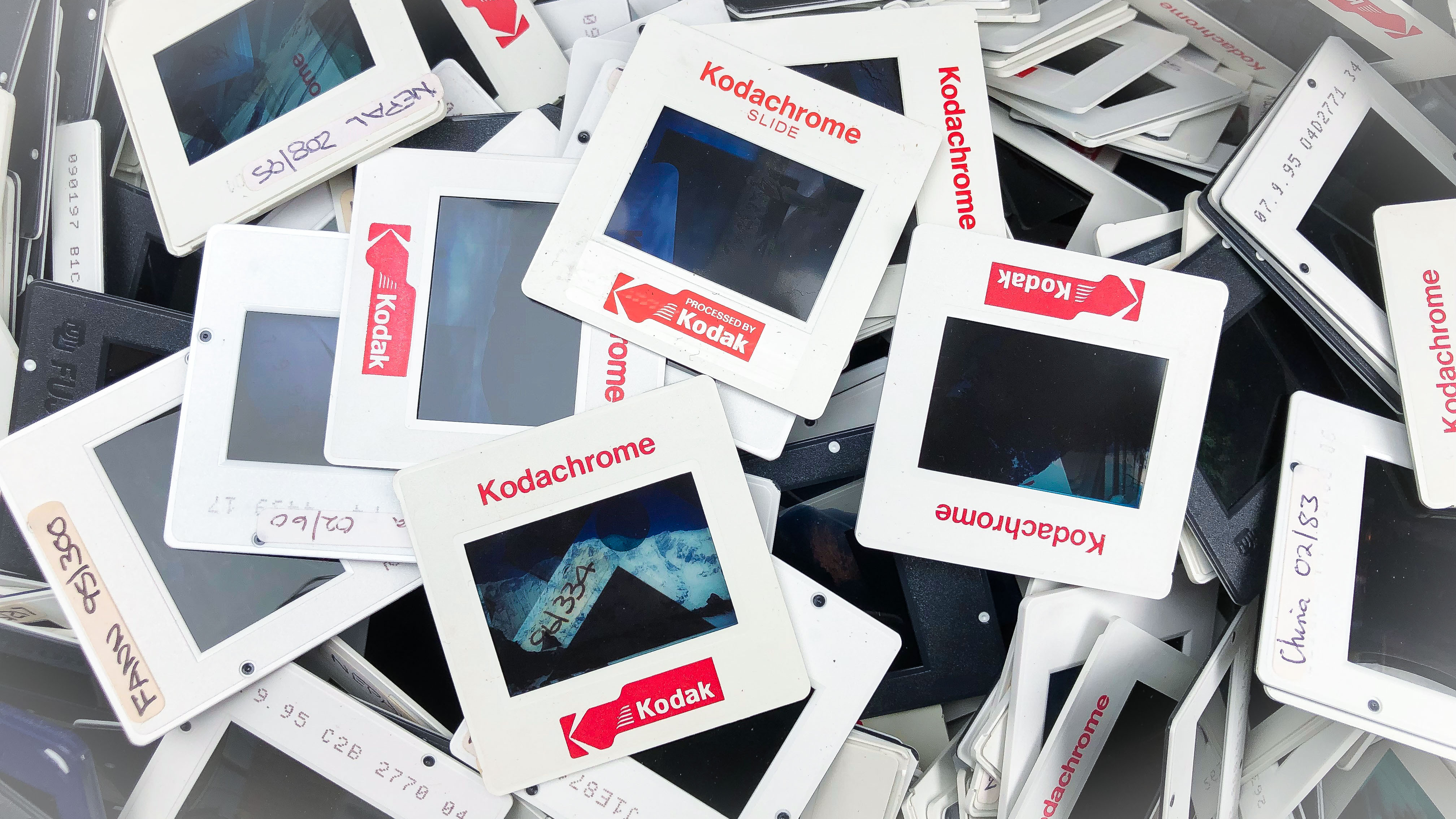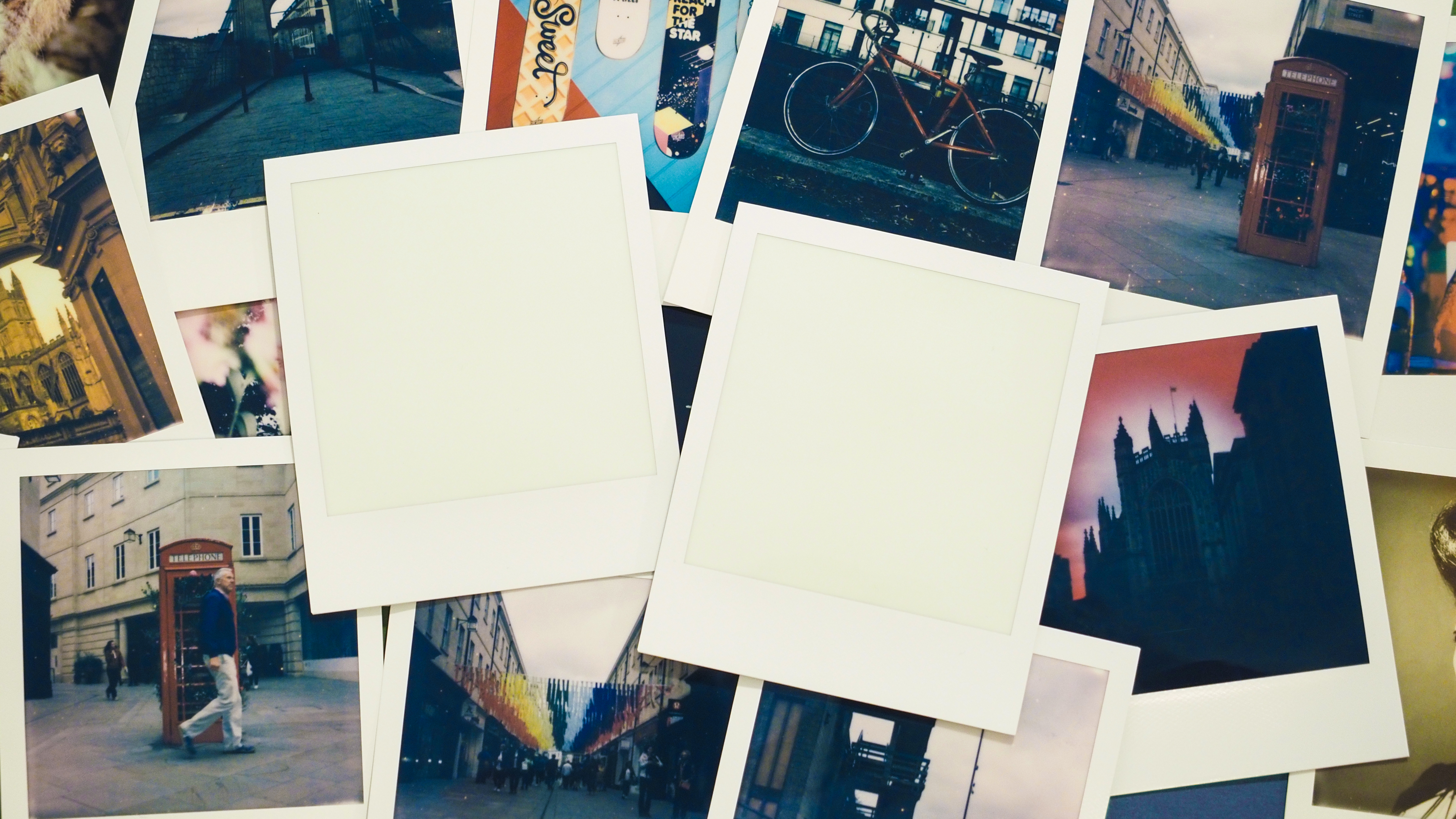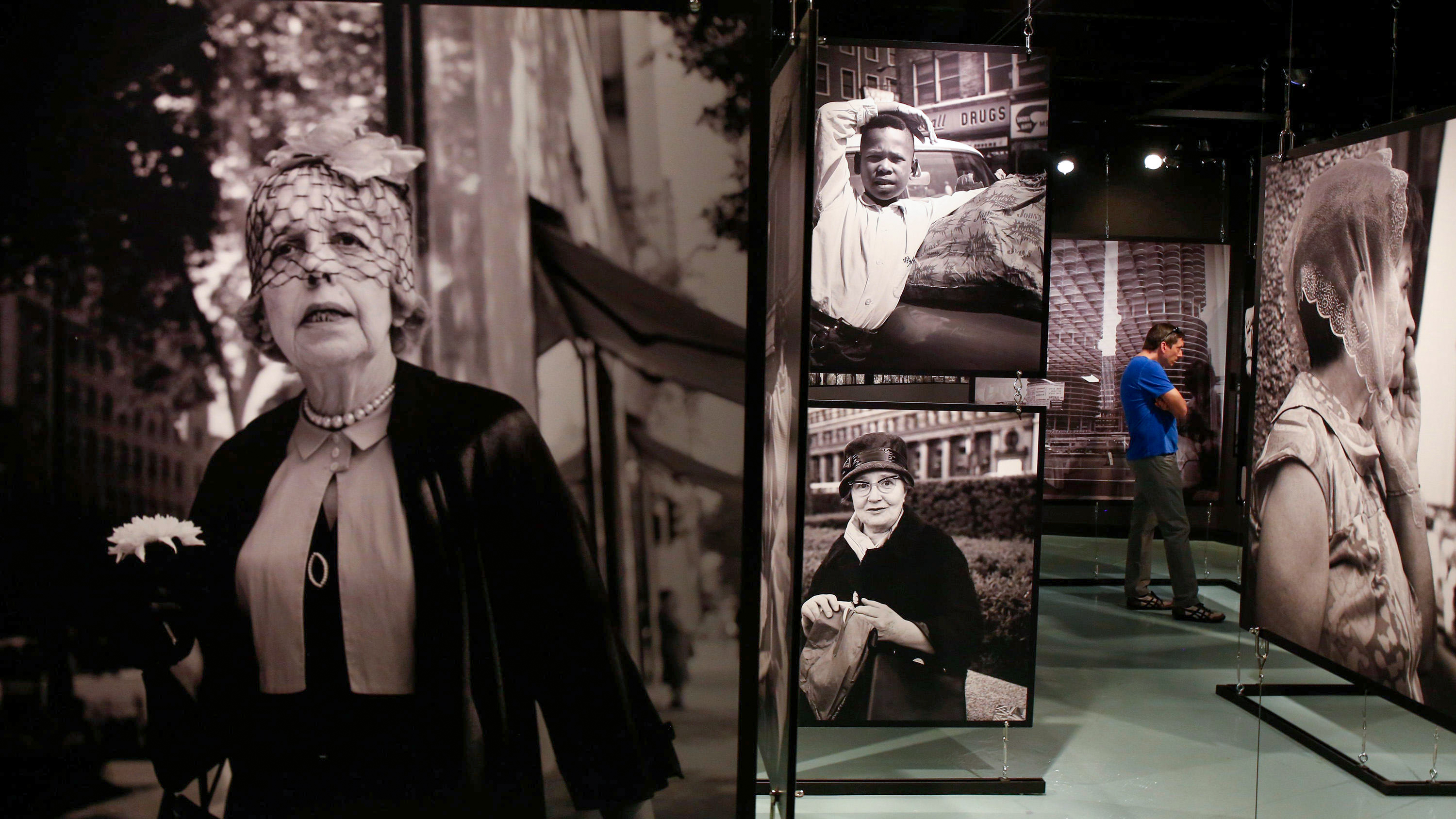The shocking reason why your phone photos could be history's biggest loss
'Forgotten' photos are changing how we see the 20th century – but will rediscovered gems like this become a thing of the past?

There have been plenty of stories over recent times of interesting collections of photographs being discovered in junk shops or in attics during clean-outs.
I’m not so much talking here of pictures that have since been found to be historically significant in one way or another, but the photographs that were taken to record family gatherings, parties, travels and the other happenings of everyday life.
Invariably they are prints – but sometimes transparencies – that over time have been consigned to the back of cupboards or packed in boxes to be forgotten until a clear-out. This clear-out is often prompted by the passing of the last holder of the family archives and, unless a younger family member was interested, the next stop could be the dump. Sad, but a reality.
Perhaps, however, if there were an old camera or two involved, the whole lot would end up at a thrift store or a garage sale or maybe even an antique shop.
It was boxes and boxes of exposed but unprocessed films that led to the discovery of the remarkable archive of Vivian Maier – unknown during her lifetime, but now considered one of the more important photographers of the 20th century.
And an old box of 35mm Kodachrome slides purchased in 2017 – and still exhibiting the transparency film’s legendary color, despite being over 60 years old – started a growing archive of discovered photography called The Anonymous Project.
Filmmaker Lee Shulman has become committed to finding collections of old color slides and preserving them before they “fade out of existence altogether”.
The best camera deals, reviews, product advice, and unmissable photography news, direct to your inbox!
Notably, these are all amateur photographs which, with the addition of time, have taken on a different interest as documents of lifestyles, fashions, architecture, cars, shopfronts and more from the past.
Shulman also likes amateur photographs for their “unpolished quality”, and there’s certainly an appealing honesty and naturalness to photographs that were taken as a record rather than as a work of art.
A partially-exposed roll of film in an old film camera can still represent the start of an adventure in history – albeit often a very small history, but potentially fascinating nonetheless. And there are no doubt still treasures waiting to be unearthed, and that will each tell intimate stories about times, people and places.
Surviving into her early 90s, my late mother-in-law had become the repository of many collections of photos from relatives that subsequently became the what-to-do-with nightmare outlined above. However, among them was a huge collection of slides documenting a world trip taken by an uncle in 1961, when such travel was still very much a luxury.
There were plenty of focus and exposure misses among these pictures – Kodachrome was particularly unforgiving – but some are brilliant records of what life looked like in Paris, London, Rome, Copenhagen and elsewhere at the start of the 1960s.

I’m in the process of cleaning them up as much as is possible and there’s definitely a photo book in it at the end. It’s worth remembering that whoever took these pictures likely never saw them as prints, as slides were projected, but fortunately they were accompanied by a pretty detailed diary – which is helping to identify the less well-known locations.
All this got me thinking about how such images might be discovered – or not – in the future. More pictures are taken daily on smartphones than was ever the case with snapshot cameras, but these fleeting moments are fleeting in themselves – perhaps viewed once or twice, forgotten and then likely lost.
Photographers are – or should be – more careful about archiving their images from a smartphone, but a great many people simply move on from device to device, and so decades of social history are more or less disappearing into the ether.
Of course, physical prints and slides are also at risk of disappearing – but while they still exist, they are potentially discoverable. And, unlike with digital files, that potential likely increases over time. The message is simple: make time to make prints, even just postcard-sized. They’re more involving to look at anyway than a small screen on a smartphone.
Photo books are brilliant, too, especially if you add descriptive captions. It’s not hard to do – the software gets better with every new generation – and it’s well worth the effort. Family and friends can enjoy them now… and unknown people in the future will thank you. I find that motivation more than enough.
you may also like…
Take a look at the best photo books if you're interested in producing your own little time capsules. Alternatively, invest in one of the best photo printers to create your own prints.

Paul has been writing about cameras, photography and photographers for 40 years. He joined Australian Camera as an editorial assistant in 1982, subsequently becoming the magazine’s technical editor, and has been editor since 1998. He is also the editor of sister publication ProPhoto, a position he has held since 1989. In 2011, Paul was made an Honorary Fellow of the Institute Of Australian Photography (AIPP) in recognition of his long-term contribution to the Australian photo industry. Outside of his magazine work, he is the editor of the Contemporary Photographers: Australia series of monographs which document the lives of Australia’s most important photographers.
You must confirm your public display name before commenting
Please logout and then login again, you will then be prompted to enter your display name.

